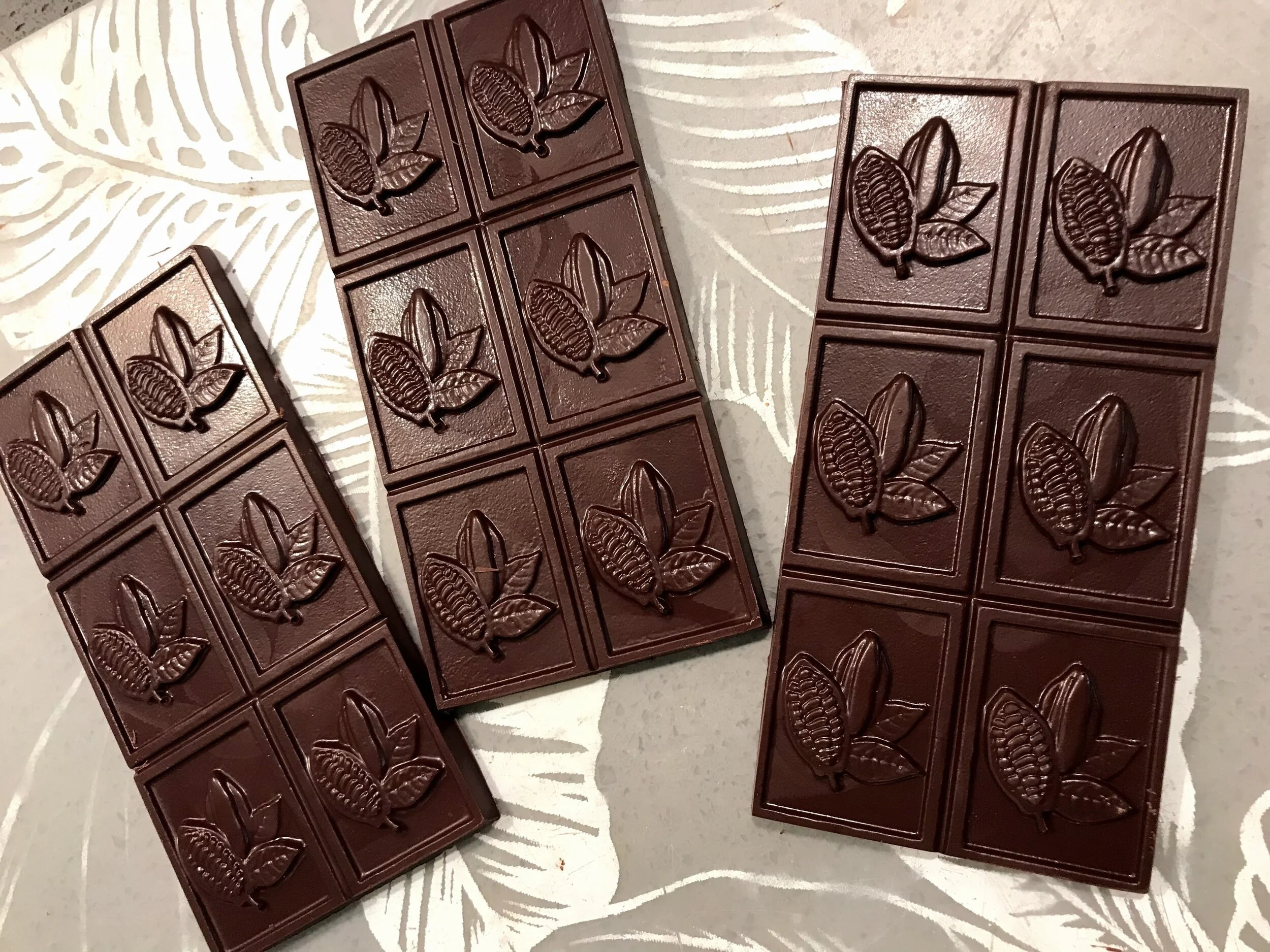
From Bean to Bar at Home
Bean-to-bar and tree-to-bar are terms that refer to how craft chocolate makers describe their role in the chocolate making process. It means that the craft chocolate maker is involved in the entire process either from planting the cacao tree (tree-to-bar) or buying the cacao beans (bean-to-bar) up to molding and packaging the finished chocolate bar.
So what is craft chocolate anyway? Craft chocolate is a term used to differentiate it from industrial chocolate like Hershey’s. Craft chocolate starts with raw cacao beans that have been transparently sourced and produced for their flavor. Similar to wine, there is an awareness of bean flavor differences based on bean origin. Also, flavors from beans of the same origin may be inconsistent from year to year because of the growth climate conditions of a specific harvest and other probable factors. Because cacao beans are carefully fermented and dried to express their inherent flavor, the use of unhealthy amounts of sugar and other unnecessary ingredients in craft chocolate is mostly avoided. Craft chocolate makers usually pay higher for the beans they use because they source them directly from cacao farmers or they buy them from reputable sourcing companies (like Uncommon Cacao in the US) that work directly and transparently with farmers.
Making chocolate at home has never been easier since the craft chocolate movement started around 2005. One of its pioneers is John Nanci of Chocolate Alchemy in Oregon. He engineered a piece of equipment that works to refine and conch chocolate at home - the Alchemist Stone Chocolate Melanger. He has since provided most of the equipment, cacao beans, other raw materials, and YouTube how-to videos needed by a novice chocolate maker to get started. That is how we started making chocolate at home, from bean to bar.
But are we making craft chocolate? We think so. We use cacao beans that we carefully ferment and dry. We roast the beans according to the flavor profile we desire. We only use two ingredients - cacao beans and sugar, and make mostly dark chocolate at 70% and above. If we do make milk chocolate in the future, we will use at least 50% cacao. We also intend to use locally sourced inclusions (those ingredients like fruits and nuts that are added at the back of chocolate bars).
Family and friends ask us when will our product come out in the market. We tell them that currently, producing high quality fine flavor cacao beans is our priority in order to establish our supply chain. Though, from time to time we intend to come up with limited edition chocolate bars to showcase the quality of our cacao beans.
If you really want to try some excellent craft chocolate bars right now, here are our recommendations:
For Philippine made craft chocolate - Auro Chocolate, Theo and Philo Artisan Chocolates, Risa Chocolates, and Malagos Chocolate.
In Hawaii - Manoa Chocolate and Madre Chocolate.
In the mainland US - Dandelion Chocolate in San Francisco, LetterPress Chocolate in Los Angeles, Raaka Chocolate in New York. For US craft chocolate makers using Philippine sourced cacao beans - Oodaalolly in the Bay Area, Kasama Chocolate in Vancouver, Askinosie Chocolate in Missouri.
Other Asian countries - Marou in Vietnam and Kad Kokoa in Thailand.
Our Bean-to-Bar Process At Home

Beans are sorted to remove unwanted debris and defective beans. Beans are also sorted by size so that they can be roasted evenly.
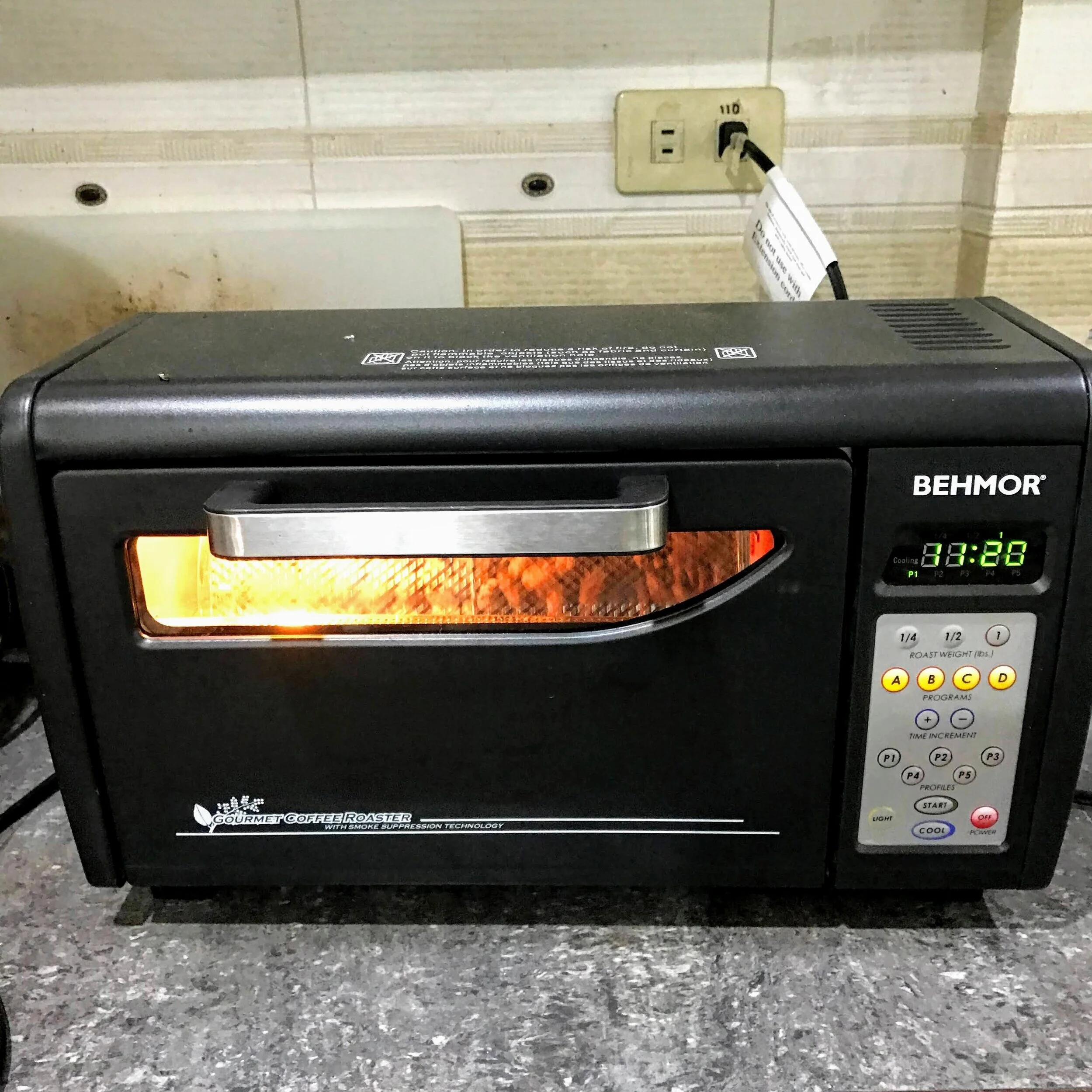
The Behmor is a coffee roaster that chocolate makers have adapted for cacao bean roasting. Although not as flexible as using an ordinary oven, the Behmor is easier to use and roasts more consistently than an oven.

The beans are cooled immediately to stop the roasting, usually in front of a fan.
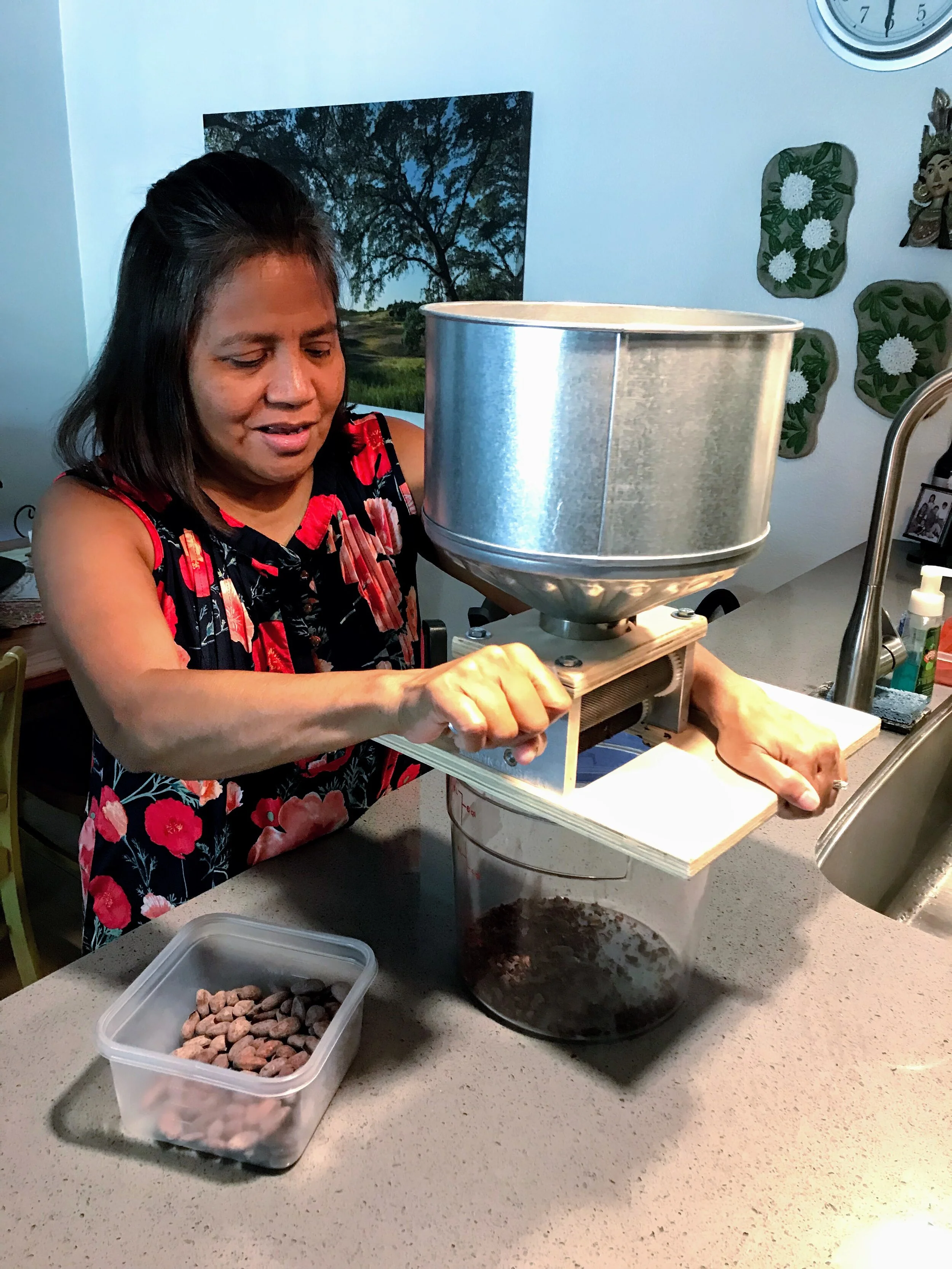
The roasted beans are cracked using a Crankandstein, a cocoa mill designed for small-scale chocolate makers.

Cracking the roasted beans gives you nibs (the bean itself) and their shells.

Winnowing separates the nibs from the shells and here we use the Sylph, a contraption designed and sold by Chocolate Alchemy.
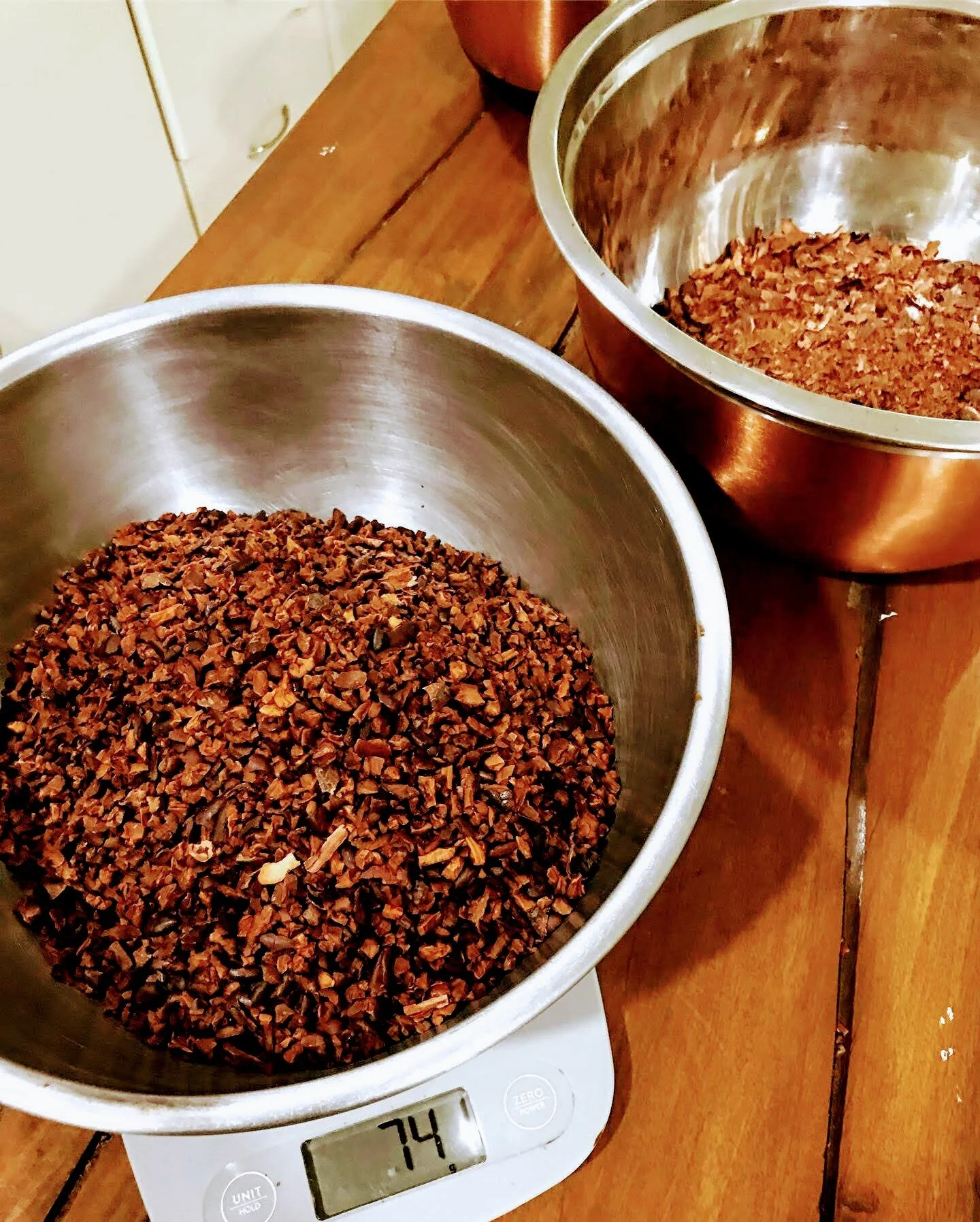
The nibs separated from the shells after winnowing. A 75-80% recovery is usually good enough.
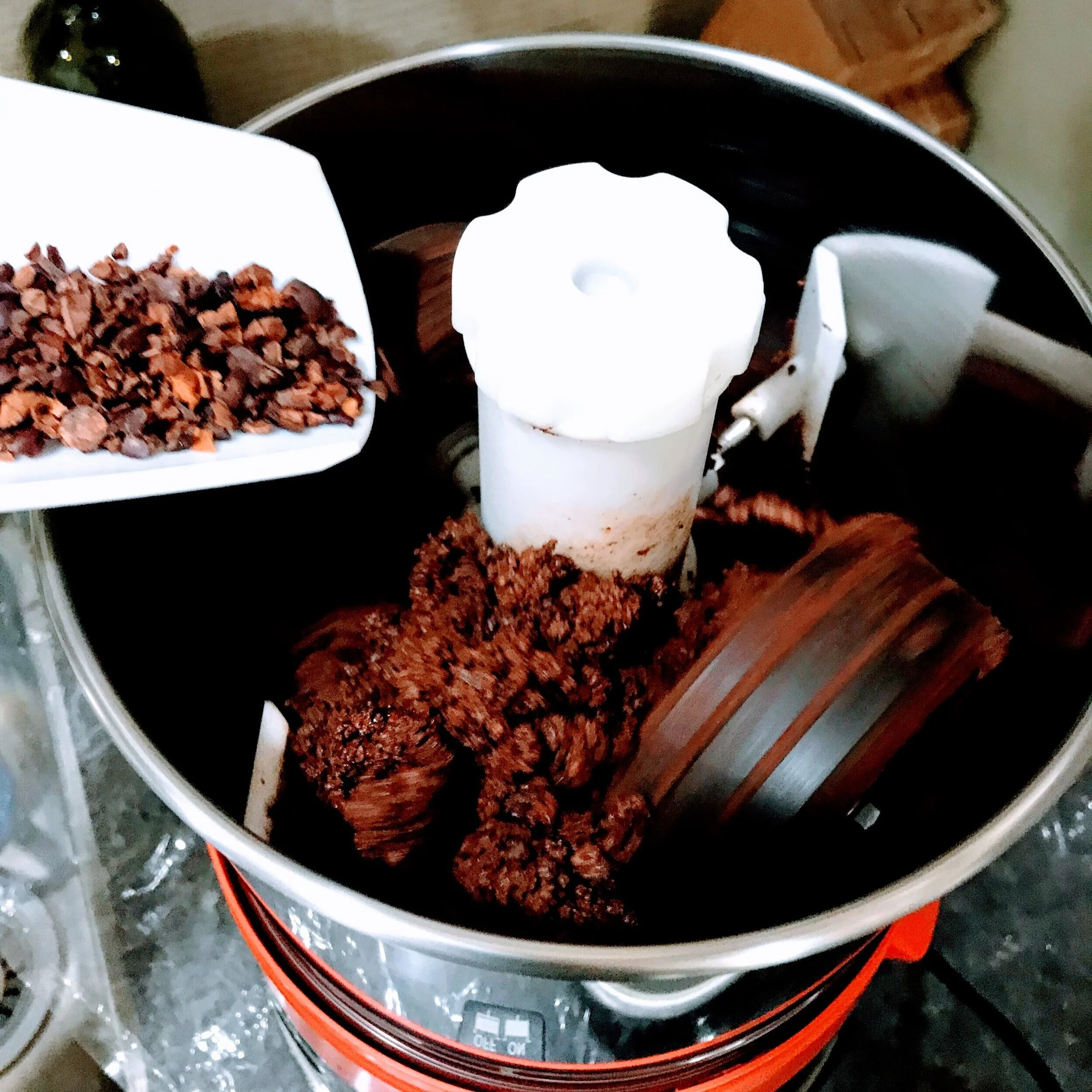
The nibs are poured into the melanger little by little to grind and refine them. After some time the cocoa butter comes out and the chocolate starts flowing more smoothly.
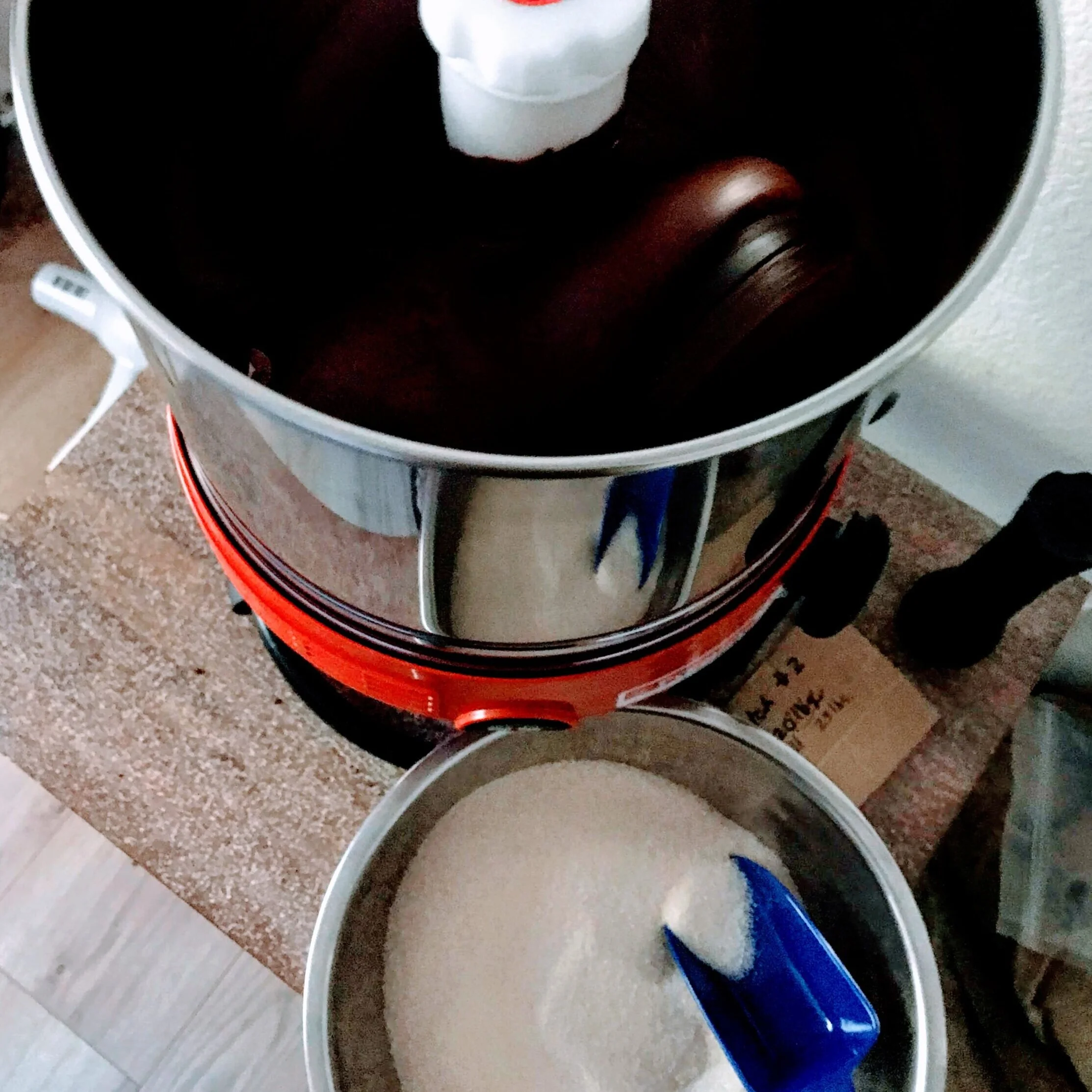
Sugar or another kind of sweetener, as long as it's dry, is added after about an hour.
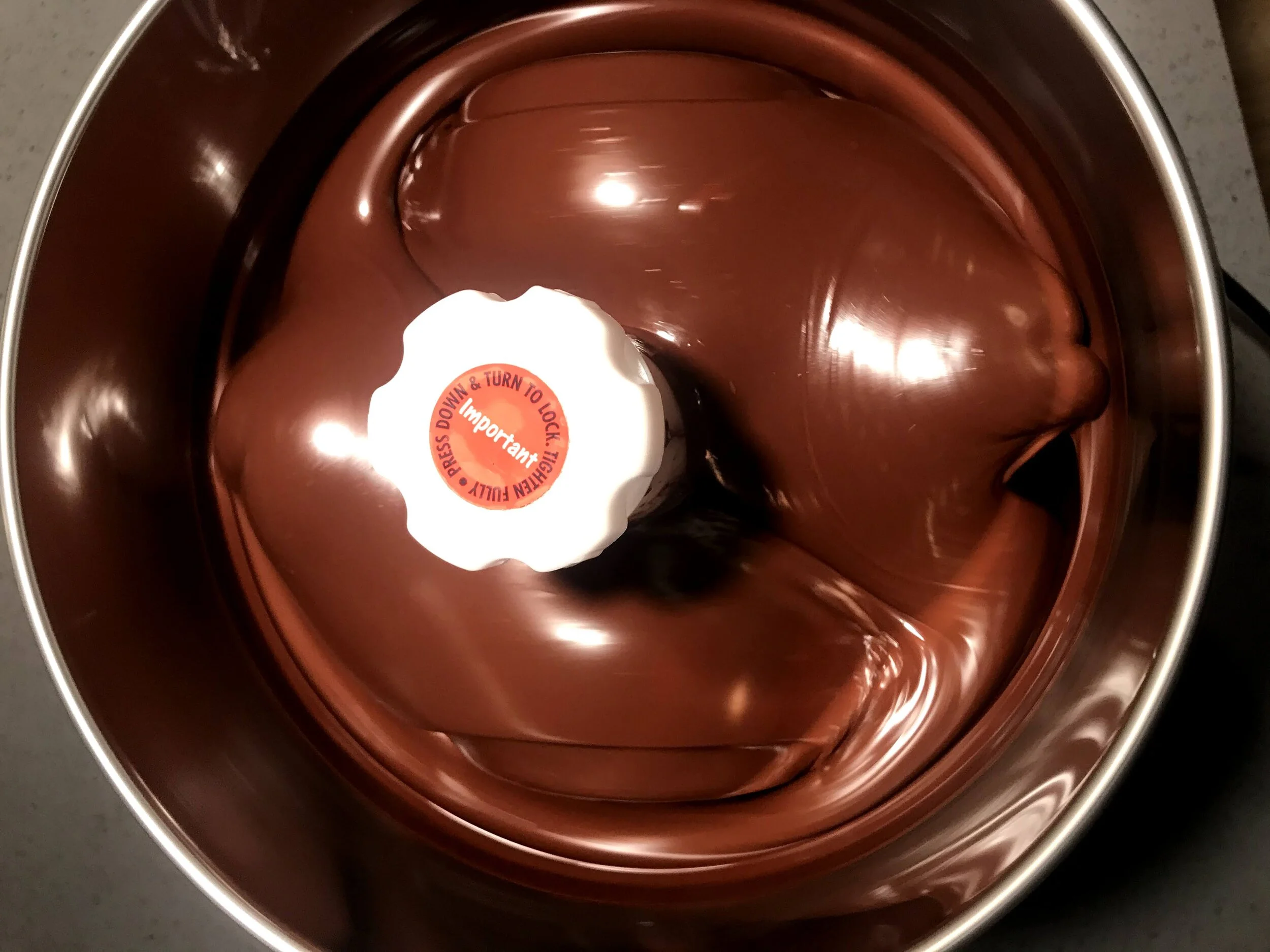
For us, it usually takes 48 hours to get to the consistency and smoothness we want. The length of time in the melanger affects flavor development through friction, oxidation and the release of volatiles and acids. At this point, we taste the chocolate often, to test the consistency and smoothness.

We check the smoothness of the chocolate using a digital micrometer. Our target is a micron reading of 20 microns or less.

After the chocolate is refined we can then temper it to make chocolate bars.

Our preferred tempering method is the use of cocoa butter silk. The melted chocolate is cooled down to 95°F before mixing the grated cocoa butter silk.

The tempered chocolate is poured into warm molds and shaken to remove the bubbles.
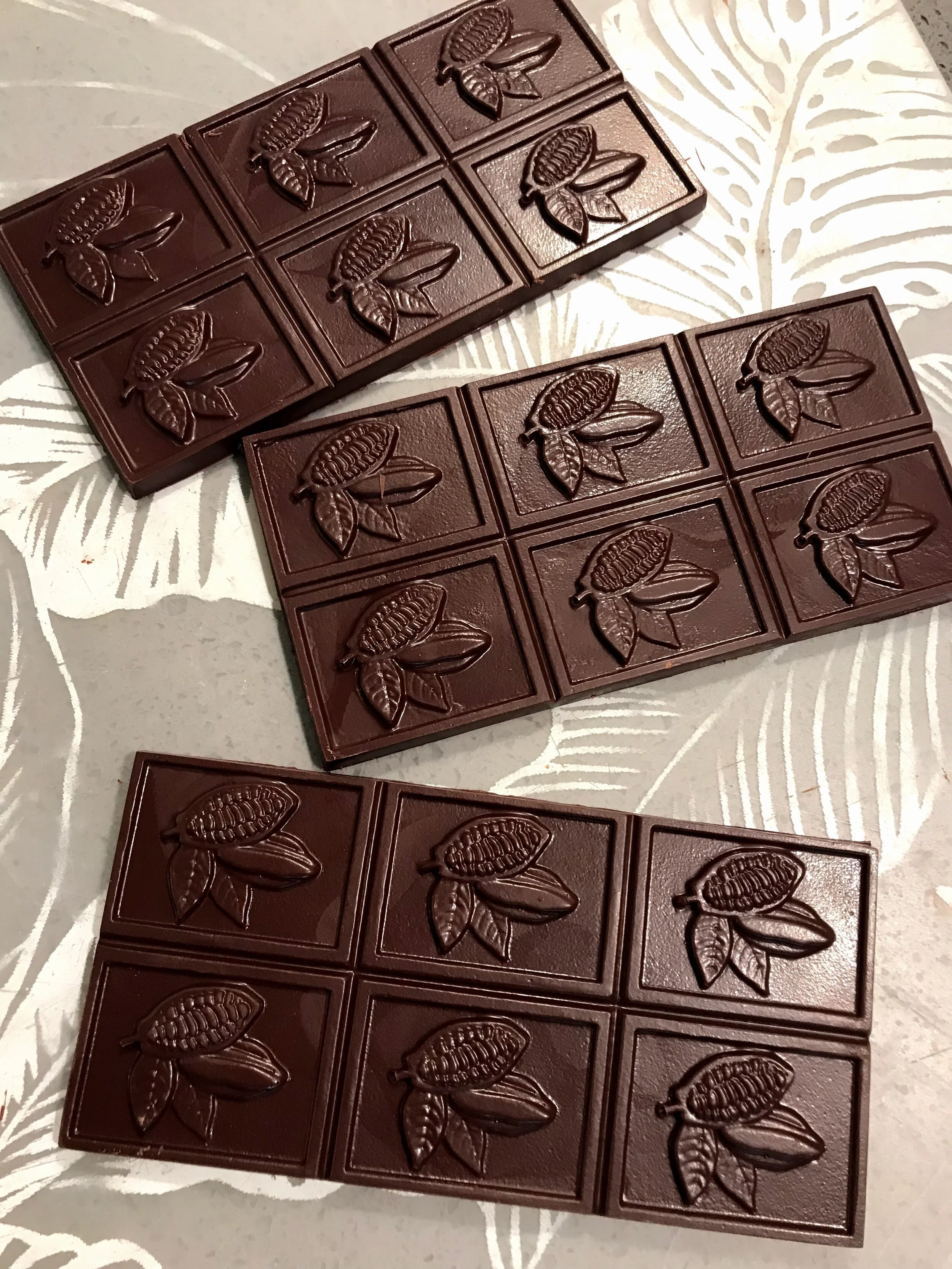
The chocolate molds are placed in the fridge for around 20 minutes, then unmolded. You have your chocolate bar!
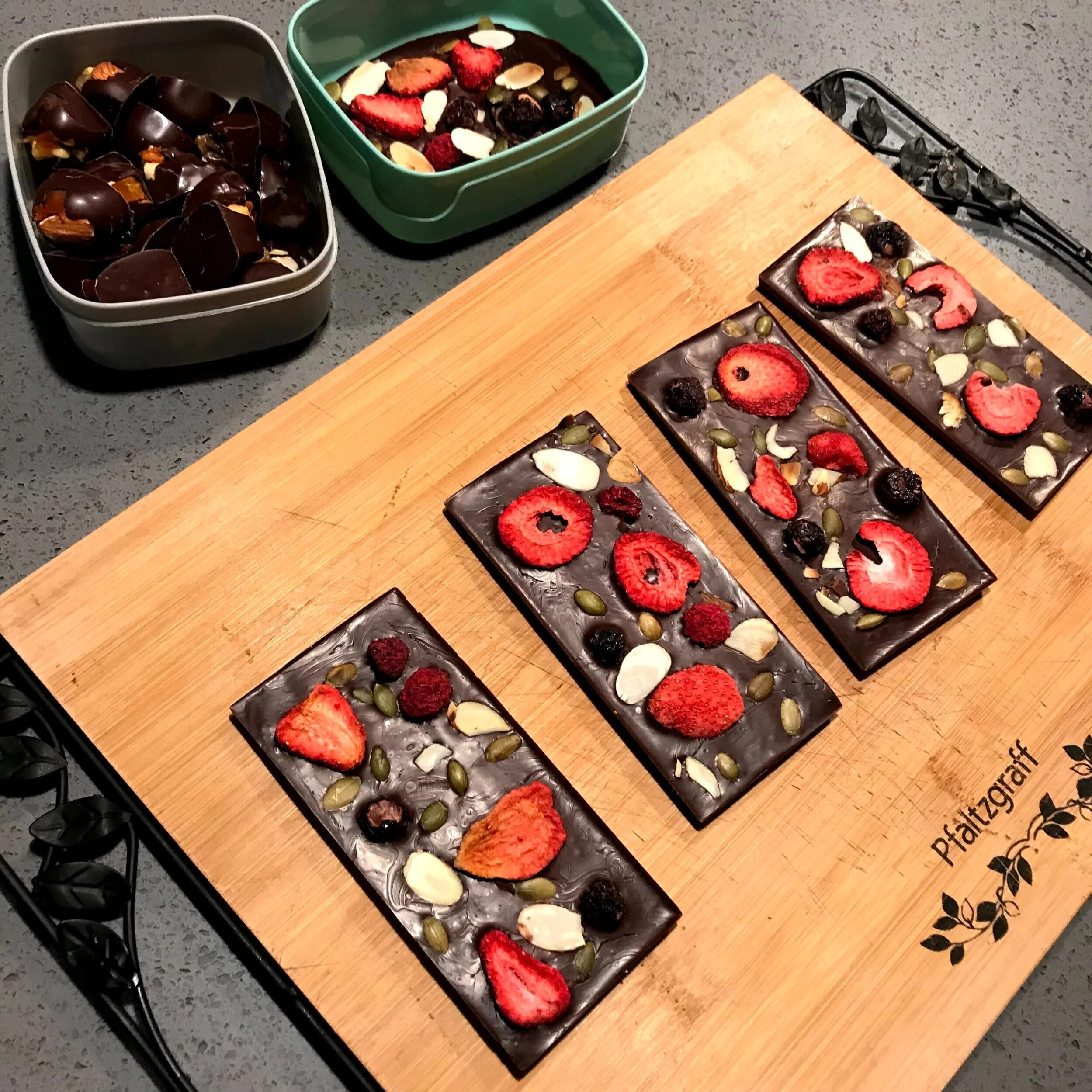
You can add nibs, salt, nuts, dried berries or whatever takes your fancy. You can be as creative as you want.

Packaging design is another fun part of the process and experienced craft chocolate makers often admit that excellent packaging and branding are essential if you want your chocolate to sell.

This was the chocolate bar with the label and wrapper designed for the Brighthouse Financial commercial.
